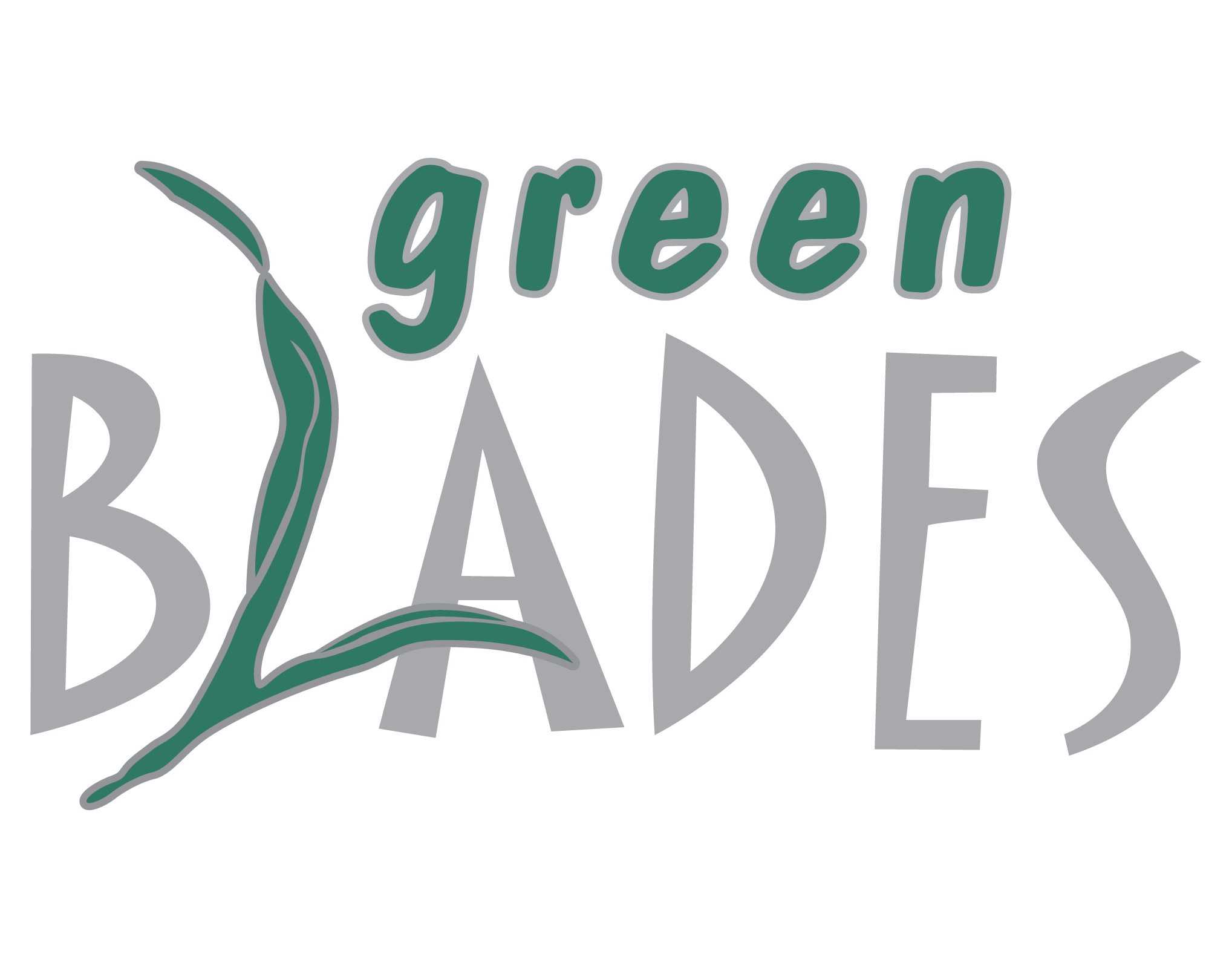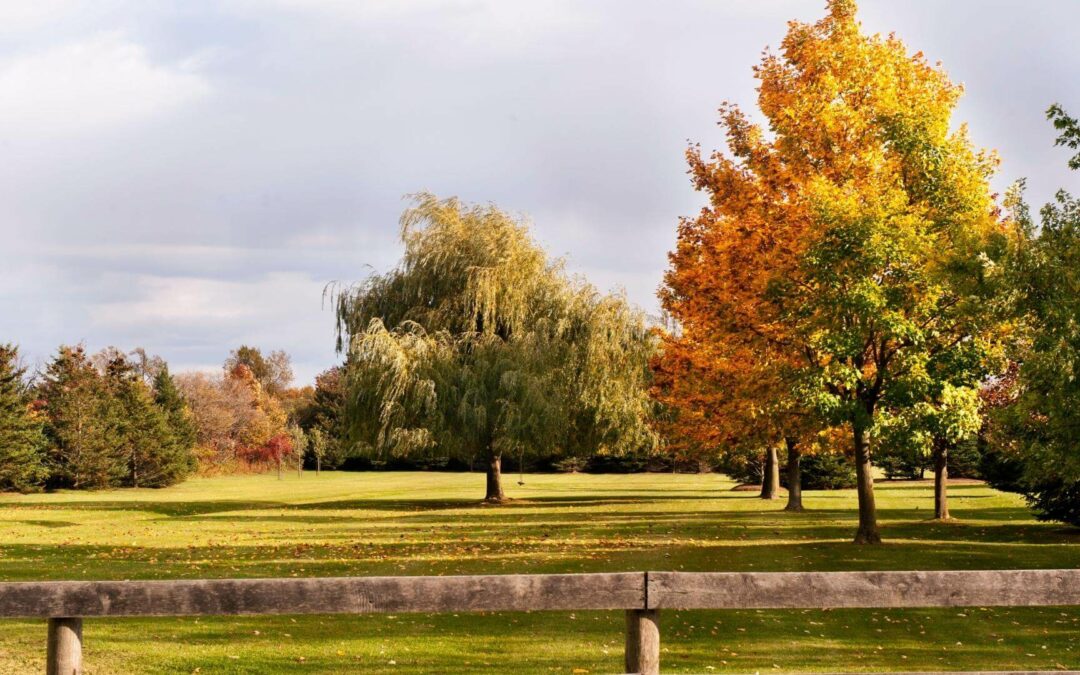Lawn care and lawn maintenance is a year-long task for every homeowner in the Treasure Valley, especially in Nampa, Idaho. Once Winter sets in, there’s nothing you can do to a dormant lawn. Whenever the season’s about to shift to Fall, you should know and prepare your lawn for the coming Winter which in turn sets you up for success in the coming spring. Here’s a fall lawn care guide you can follow for a beautiful lawn next year.
Aerate Lawn
During summer, cool-season grasses in Nampa, Idaho endure heat stress and soil compaction. These issues will negatively impact the overall health of your lawn if no action is done. Solve these problems simply by aerating your lawn during the Fall. Core aeration is one of the many options you can use on your lawn. When using this method, plugs of soil will be removed from your lawn which will help precious nutrients such as oxygen, water, and fertilizers reach deep into the grassroots. Lawn aeration promotes healthy grass development and will solve the soil compaction and thatch overgrowth problems on your turf.

Overseed Lawn
Thin spots or bare patches can be seen on your lawn after the summertime. It’s a good idea to fill in those areas to prevent any weeds from taking up the space and growing. For lawn overseeding to be effective, there are steps you need to remember:
- The seed needs to touch the soil in order to germinate.
- Keep the seeds moist. Water the seeds lightly every day.
- Once the seeds’ grass blades have reached a mowing height, follow your standard lawn watering schedule.
Mow Lawn to a Short Height
Grass blades won’t stop growing until the first hard frost hits during the wintertime. Don’t stop cutting and maintain your regular lawn mowing habit in the Fall season. But once it’s almost Winter, you have to remember to cut your lawn’s grass blades shorter than normal. Contrary to popular belief, the grass blades’ height shouldn’t be left as it usually is. With proper lawn care, a lawn with a short height of grass blades inhibits the growth of winter fungal diseases. For the best results, gradually decrease the height on every lawn mowing schedule. So that in the Spring, you’ll have less worry if there’s snow mold or lawn fungi growing on your lawn.

Fertilize Lawn
The most important time of the year to fertilize your lawn is in the Fall. A gorgeous and healthy lawn is a hard feat to achieve without proper lawn care in the Autumn season. To survive in Winter, your lawn requires plenty of nutrients that it can absorb. In which case, fertilizers supply your grass blades with the needed nutrients such as nitrogen, phosphorus, and potassium which will also help your grass grow stronger when springtime comes. If you aerate your lawn in the Fall, make sure to apply fertilizers after some time. It is recommended because through this method, the nutrients can get directly to the deep grass roots where the effects work best.
Leaf Cleanup
For some, fallen leaves during Autumn can create a scenic view. But if it’s on your lawn, it will cause you nothing but problems especially in the Winter. Dead fallen leaves can lead to an unhealthy lawn. For starters, those leaves will block out the sunlight needed by the grass blades for photosynthesis. It will also promote snow mold, lawn fungi, other diseases and insect infestation once Winter is over. You can avoid these problems by raking your lawn often or you can also call for a leaf cleanup service. With that in mind, you’ll have one less problem with your lawn once spring comes.

Prune Trees and Bushes
During Winter, trees, bushes, and plants will go into hibernation mode. This state of dormancy will help them survive in Winter, waiting to be renewed and grow once again in springtime. There are a couple of reasons why pruning trees and trimming bushes should be a task in the Fall.
- Pruning trees and branches in the Fall will promote growth once Spring sets in.
- Fallen leaves help you see clearly which plant branches need pruning.
- Bad and damaged trees can cause accidents.
Before you start cutting and pruning, prepare your equipment beforehand. You’ll want to sharpen and make sure your clippers, shears, and trimmers are in the best condition. Avoid injuring your trees and bushes which will prevent insect infestations among other problems. Promote fine growth with clean cuts. If you want to know more about pruning trees and trimming bushes, read our blog post, How To Trim Bushes: Beginner’s Guide.
Fall Lawn Care By Professionals
Preparing your lawn for Winter may seem like a daunting task. There’s a lot of things you need to do in a tight schedule. There’s your work and there’s also your fall lawn care tasks. Free up some of your time by hiring lawn care professionals that can do everything and more in this fall lawn care guide. Green Blades is your team for lawn care and lawn maintenance in the Treasure Valley especially in Nampa, Idaho.
For a free estimation of our lawn care and landscaping services, contact us.


